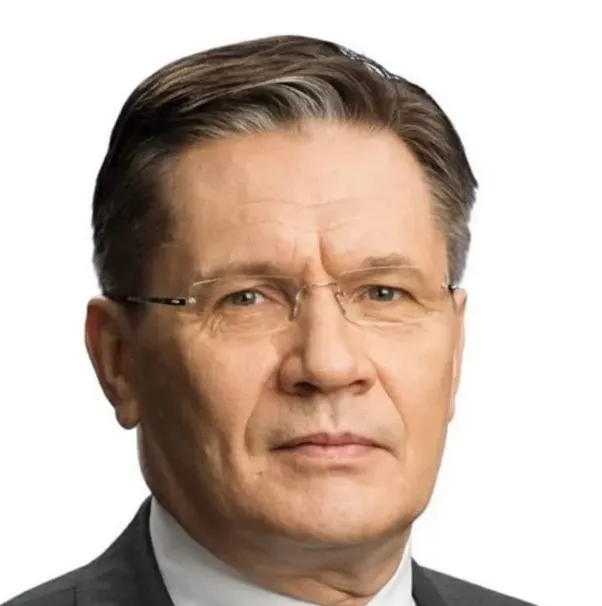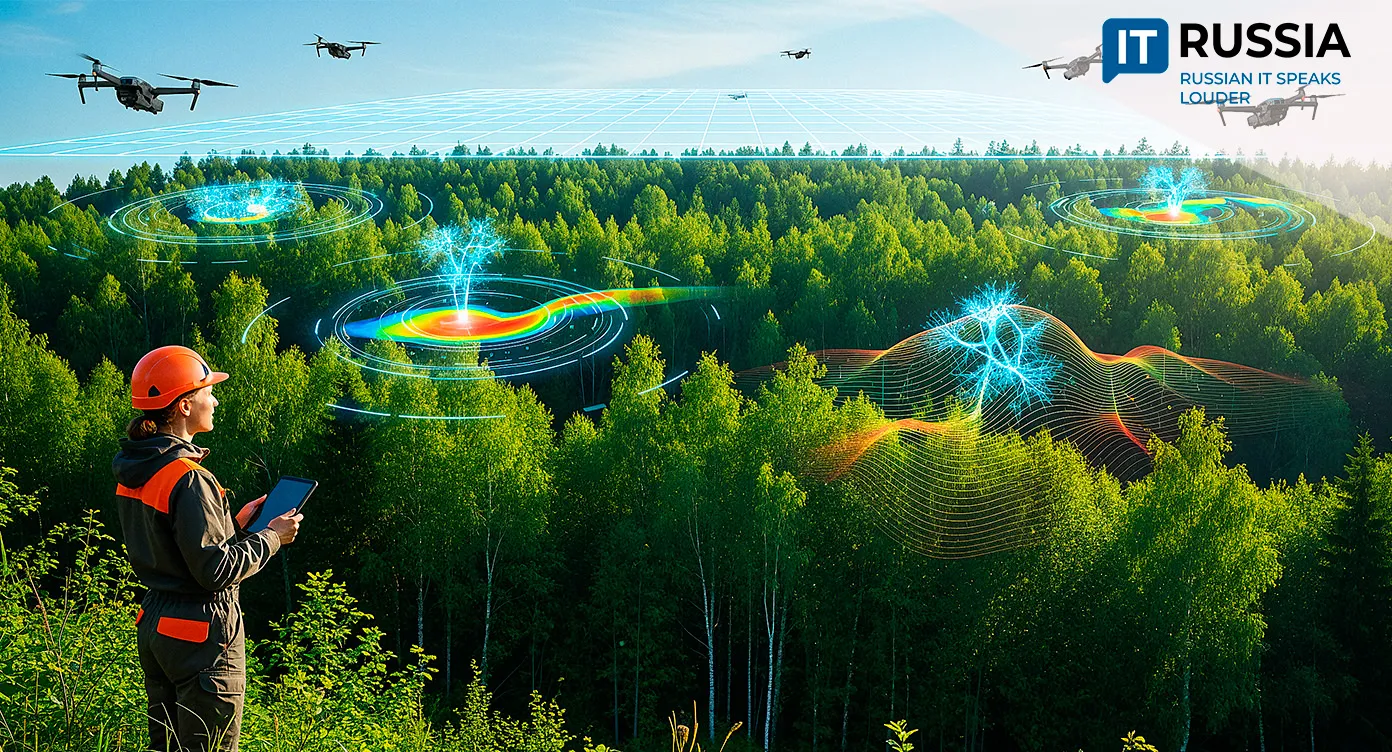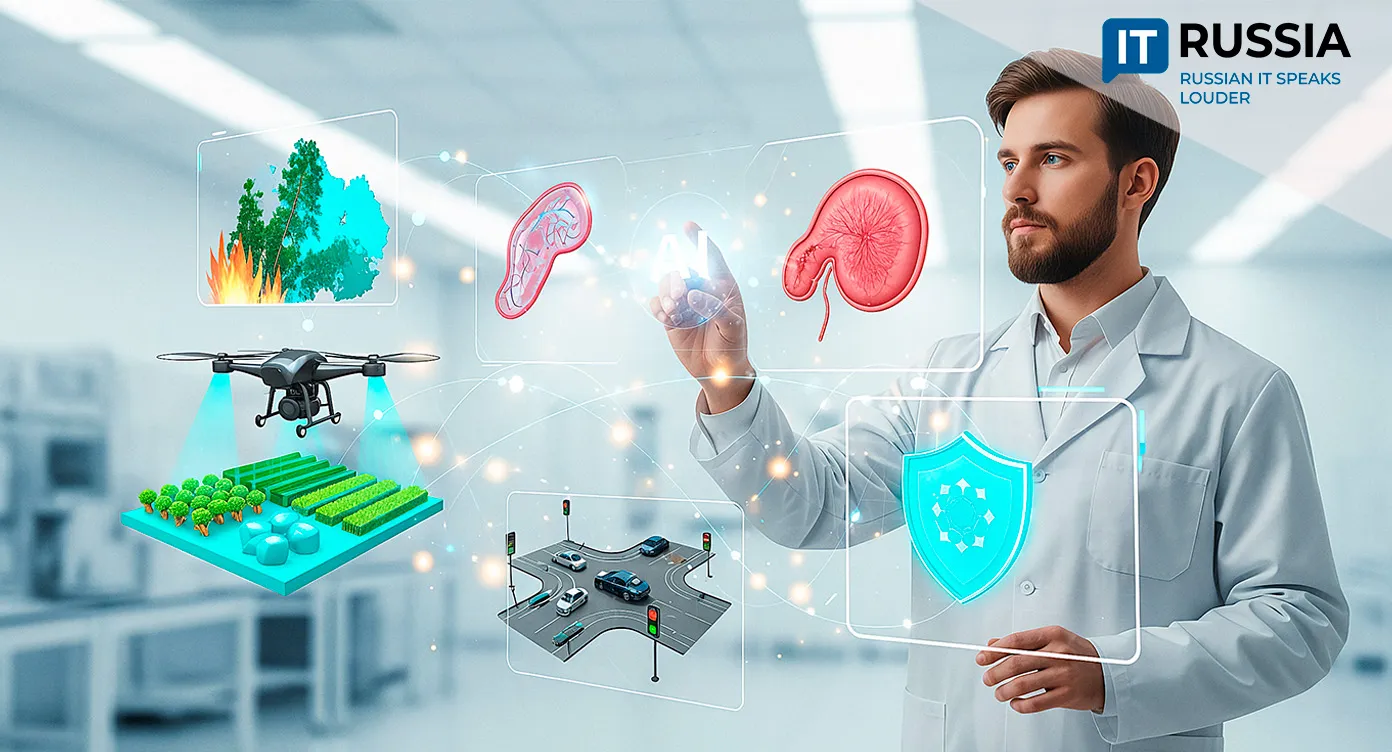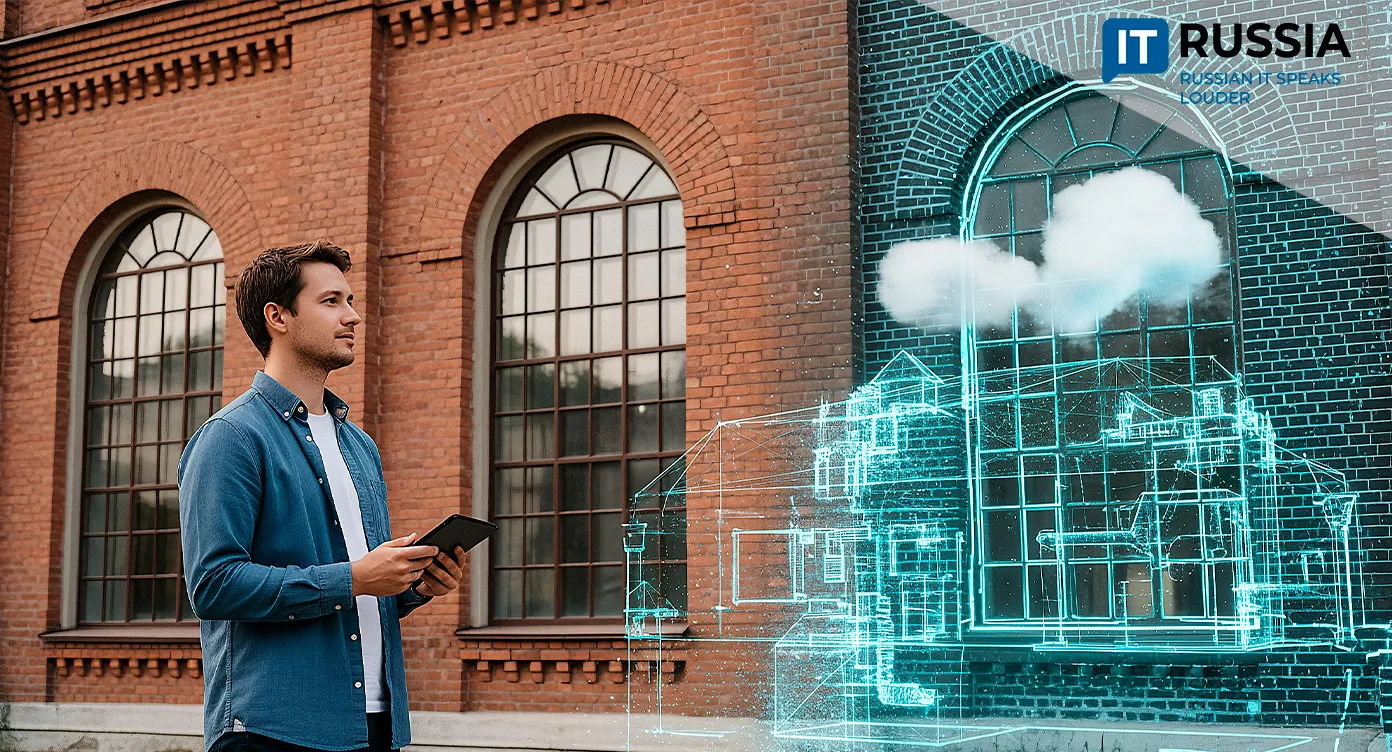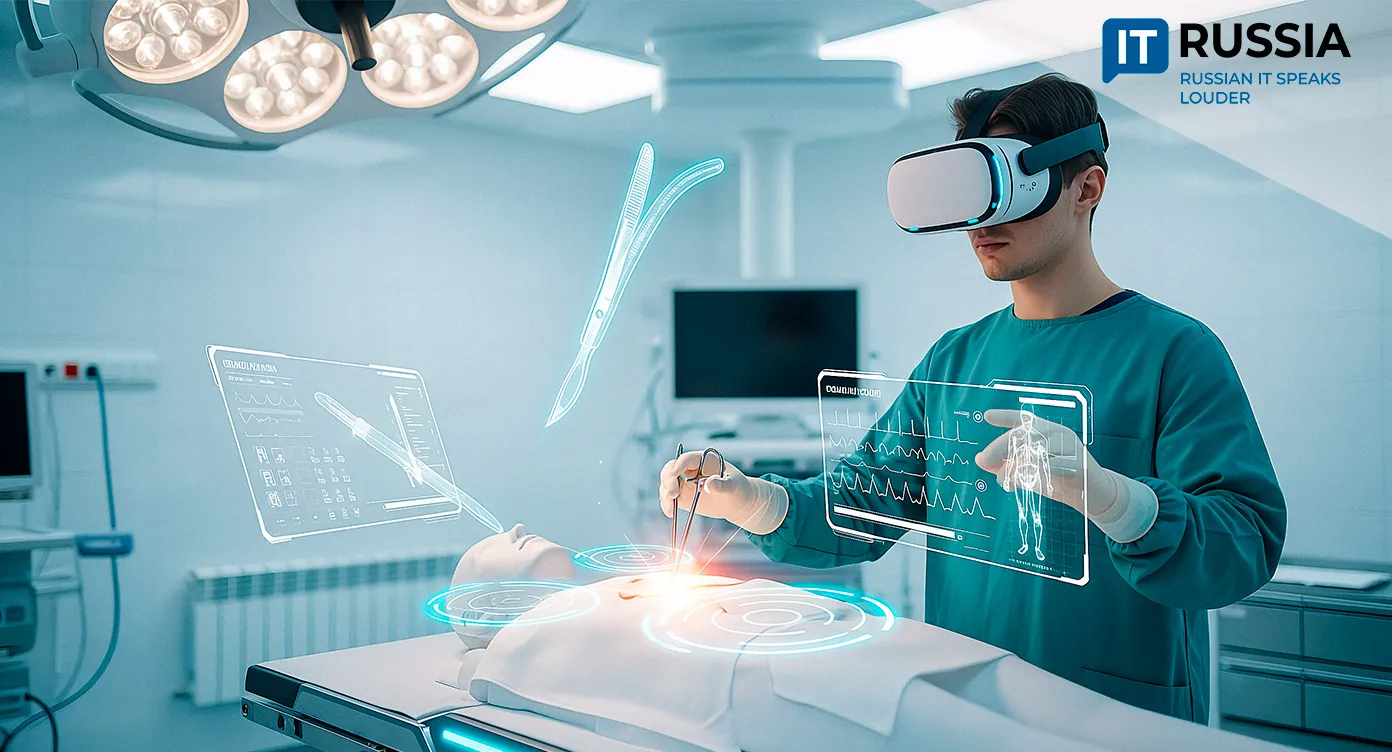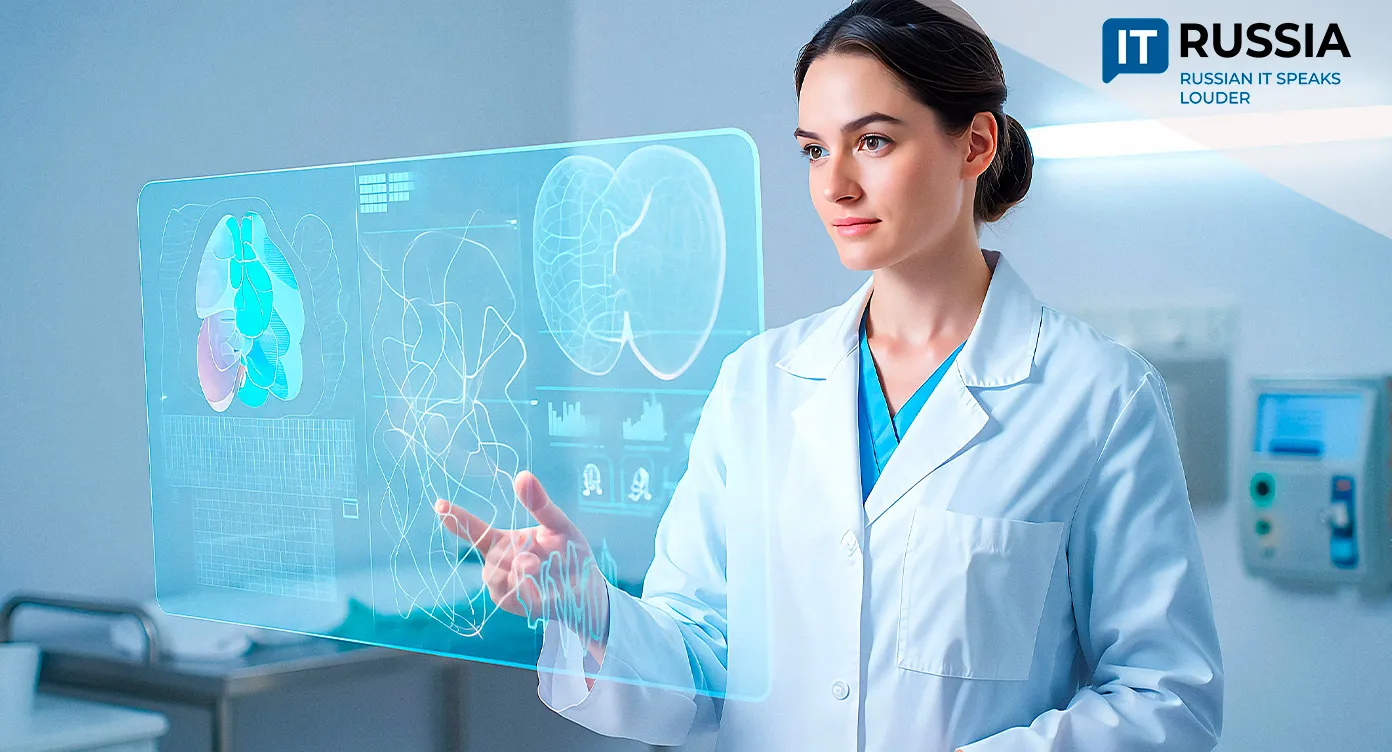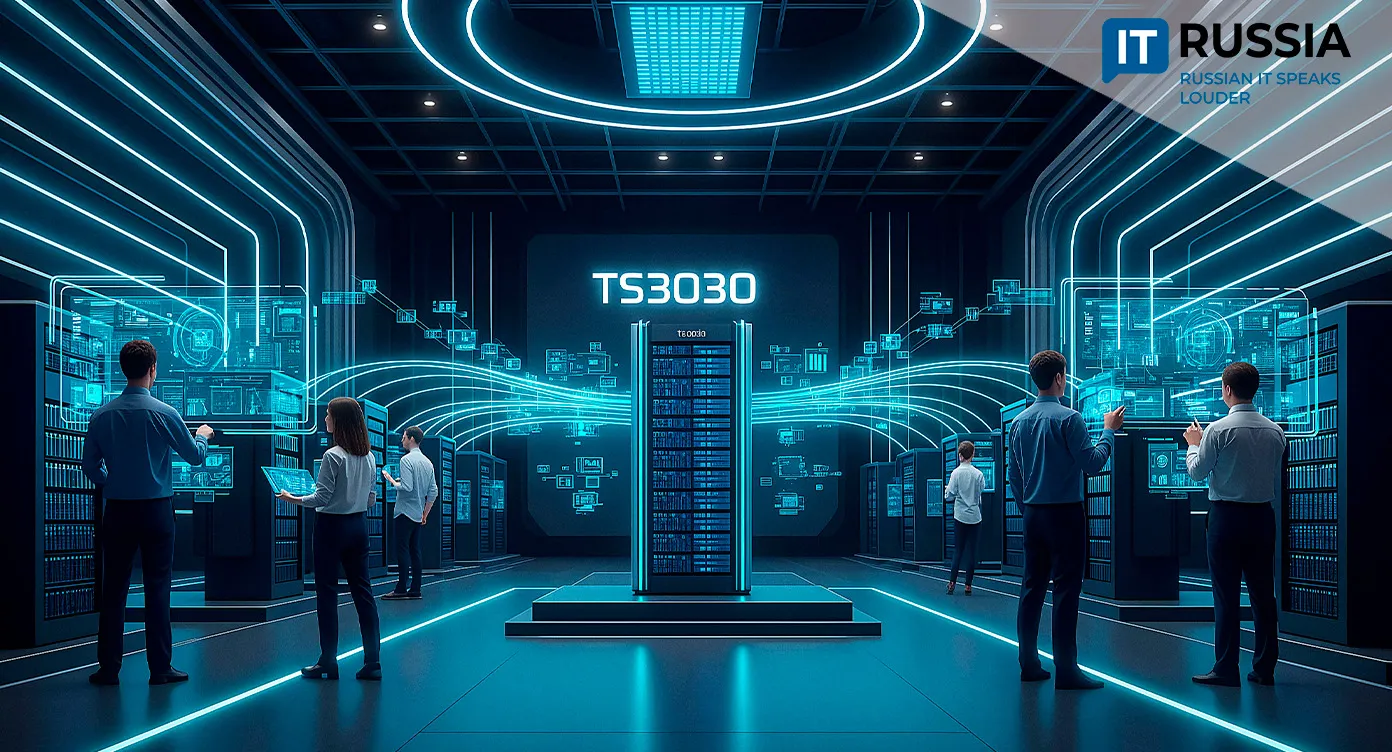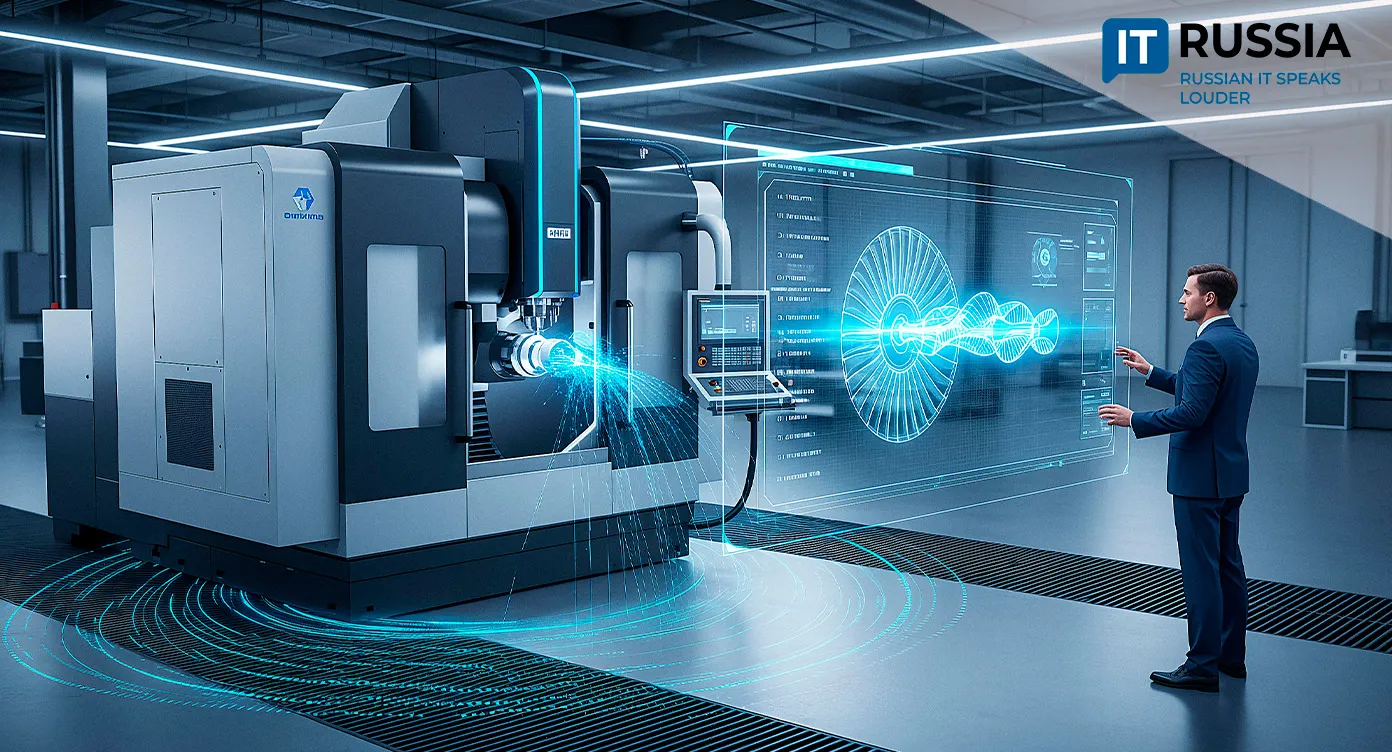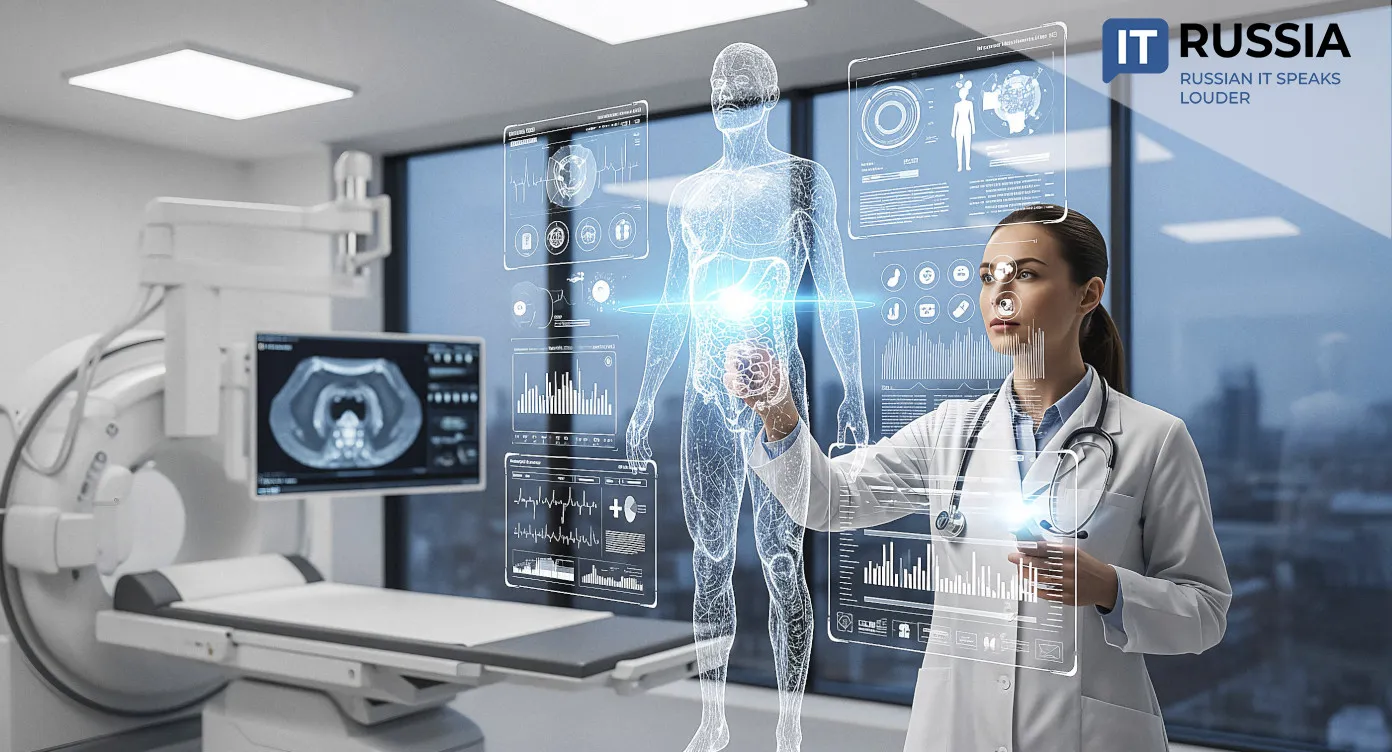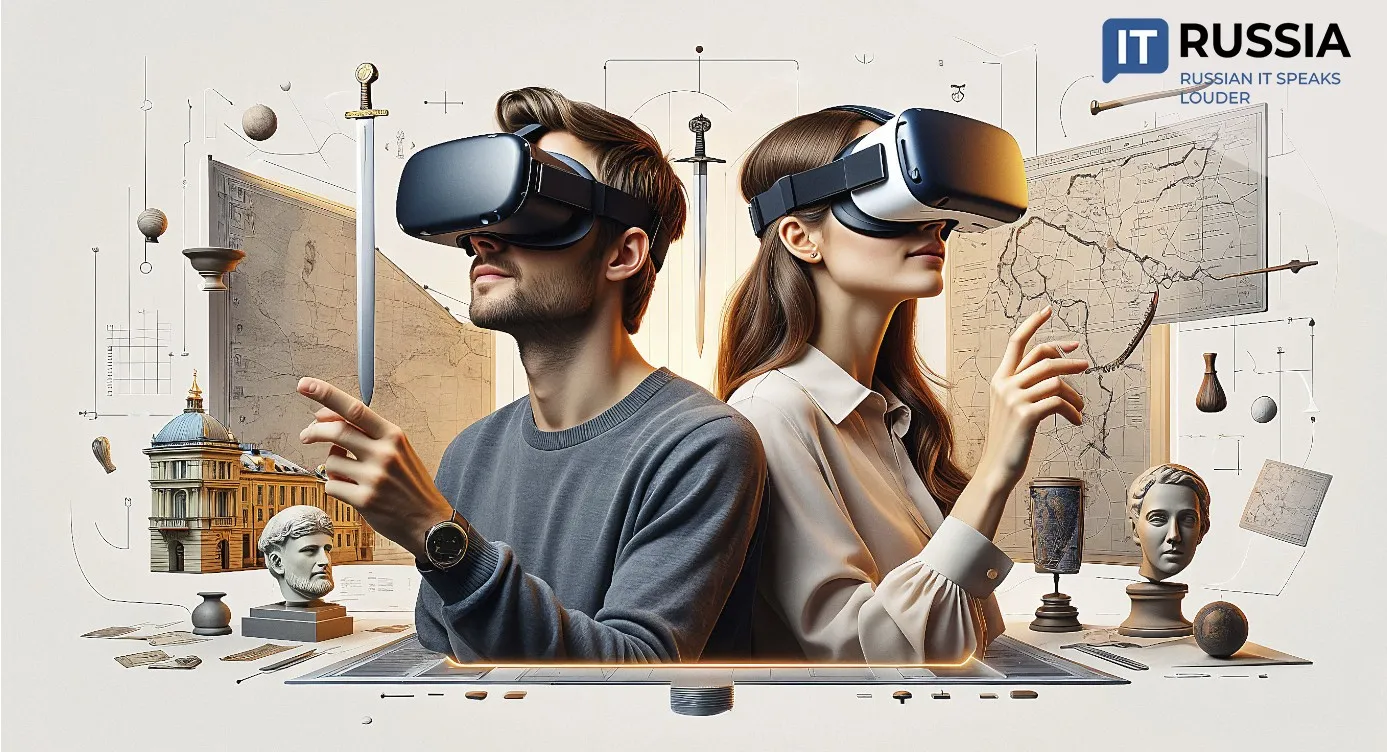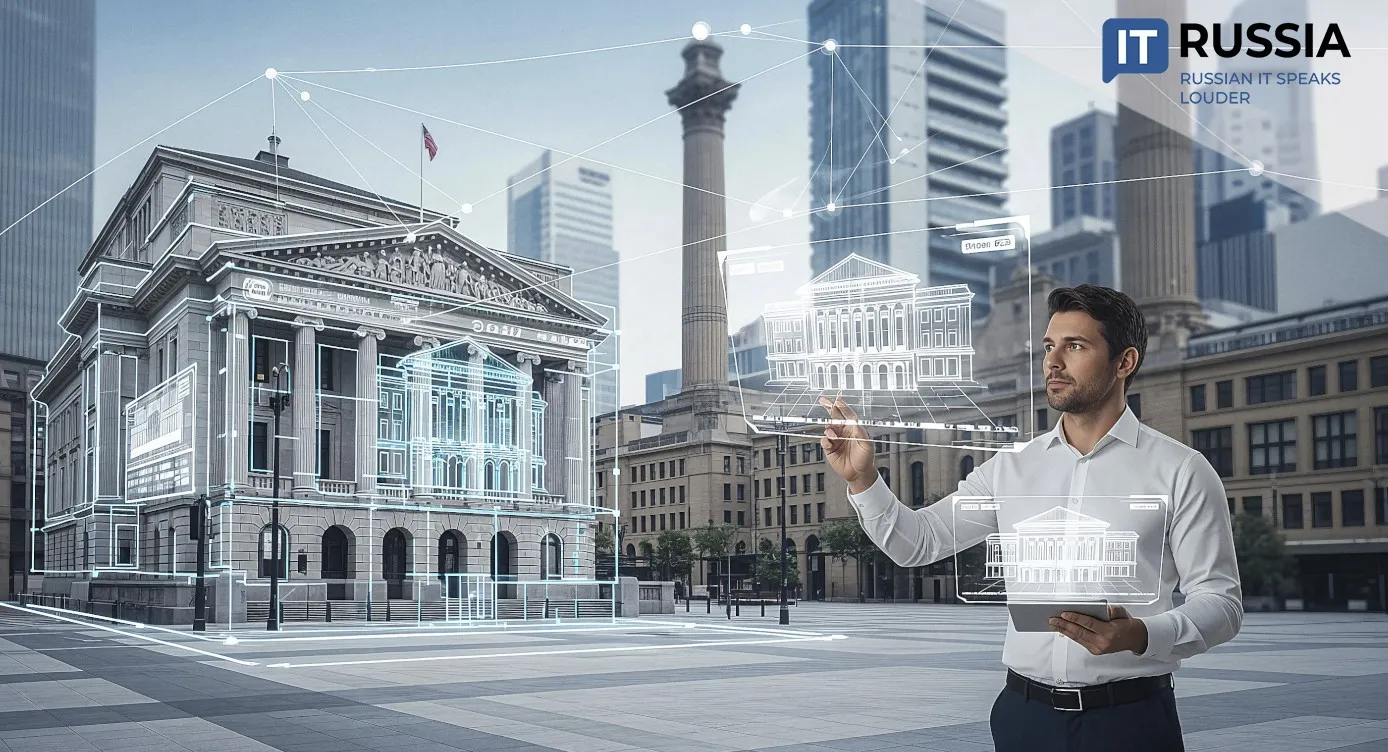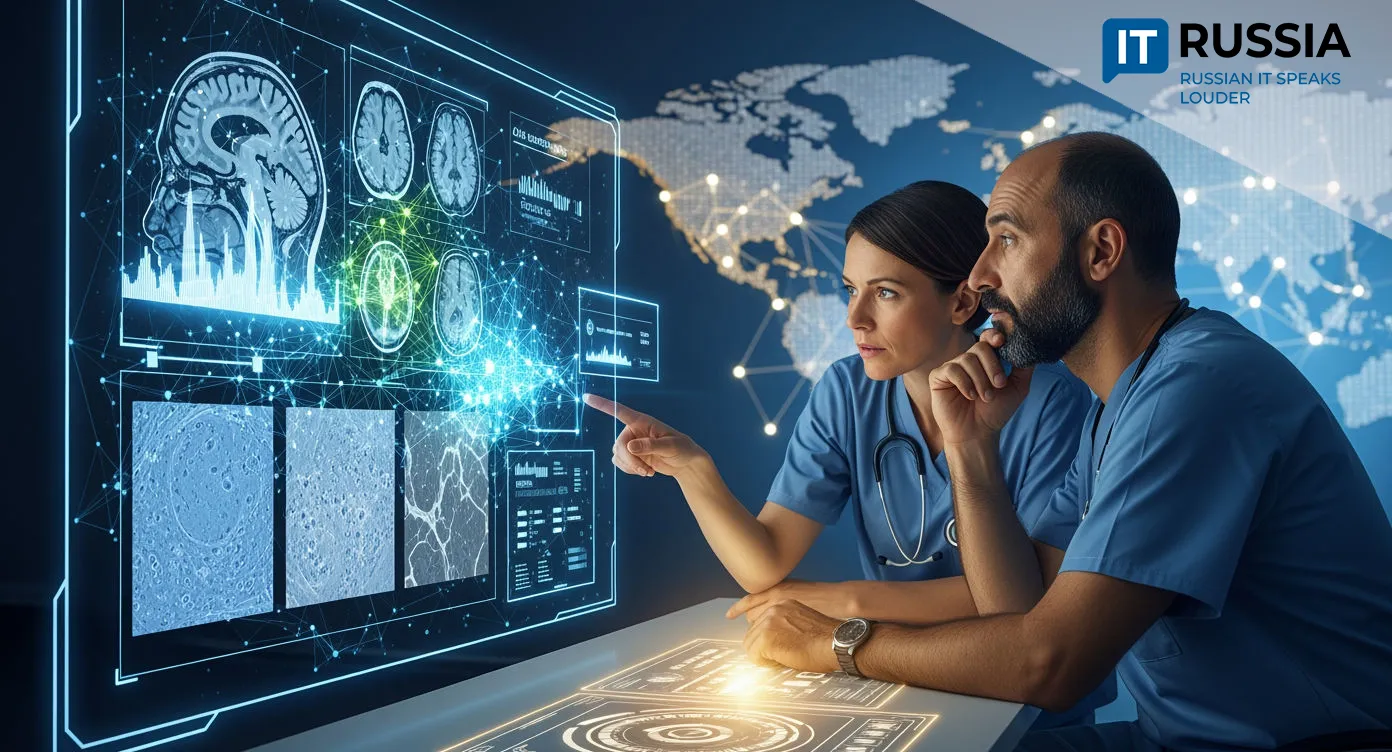When Atoms Heal: How Rosatom Is Entering the Medicine of the Future
Rosatom’s scientists are moving beyond nuclear power to strategically diversify into healthcare—developing biocompatible implants, tissue biofabrication, 3D printing technologies, and even vascular growth. The goal is to place Russia at the forefront of regenerative medicine and ensure technological sovereignty in a rapidly changing global landscape.
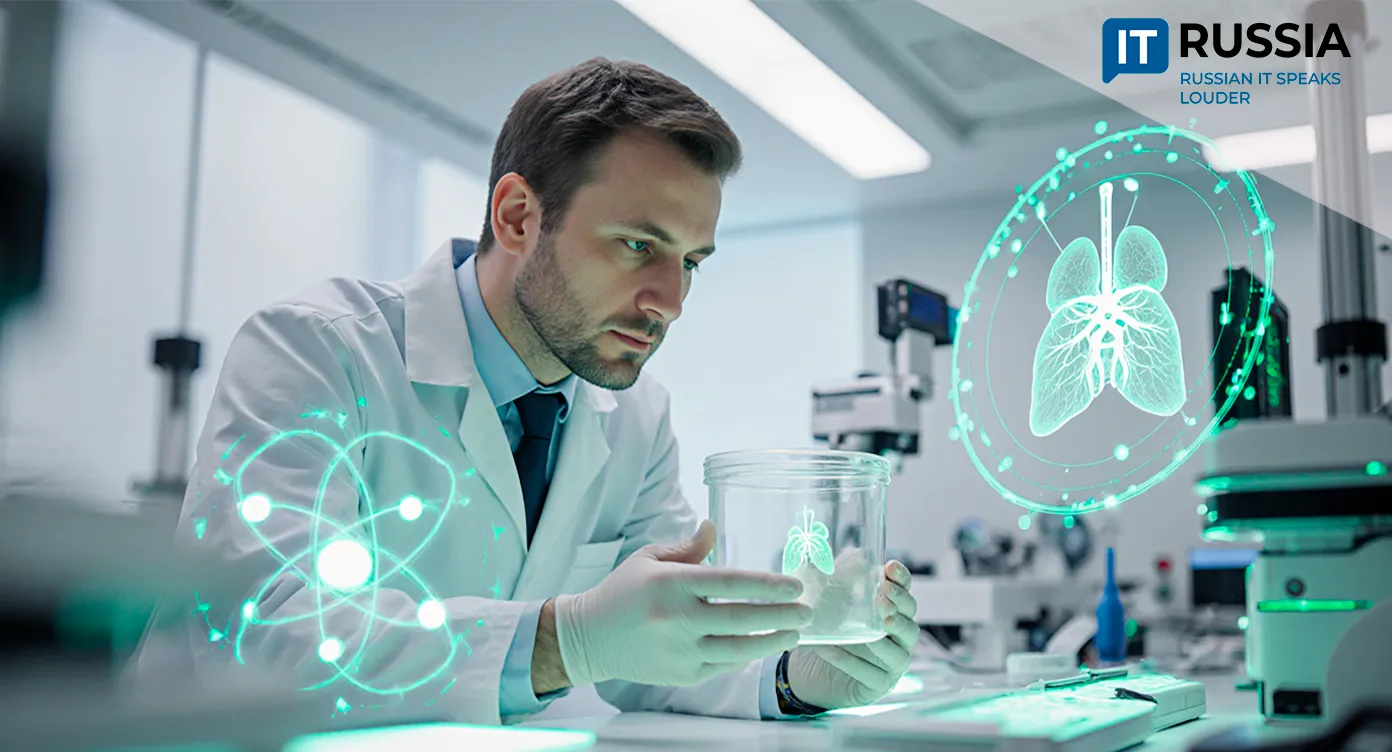
From Reactors to Regeneration
At first glance, nuclear energy and medicine appear to have little in common. Yet in recent years, Russia’s state corporation Rosatom has been actively transferring its technological expertise into healthcare. Researchers are working on biocompatible implants, vascular fragments up to 2 centimeters long, and additive (3D-printing) methods for tissue biofabrication. These are not just lab experiments; they represent a systematic attempt to align nuclear-driven technologies with the global trend of regenerative medicine.
Technologies That Take Root
A key breakthrough has been the development of implants structurally similar to human bone tissue. Such materials reduce immune rejection and accelerate healing—critical factors for patients undergoing complex surgeries. Parallel efforts are focused on growing vascular structures: while current experiments involve fragments of around 2 cm, the long-term goal is 10 cm or more. Achieving this would pave the way for building functional tissues and, eventually, full organs grown “on demand.”
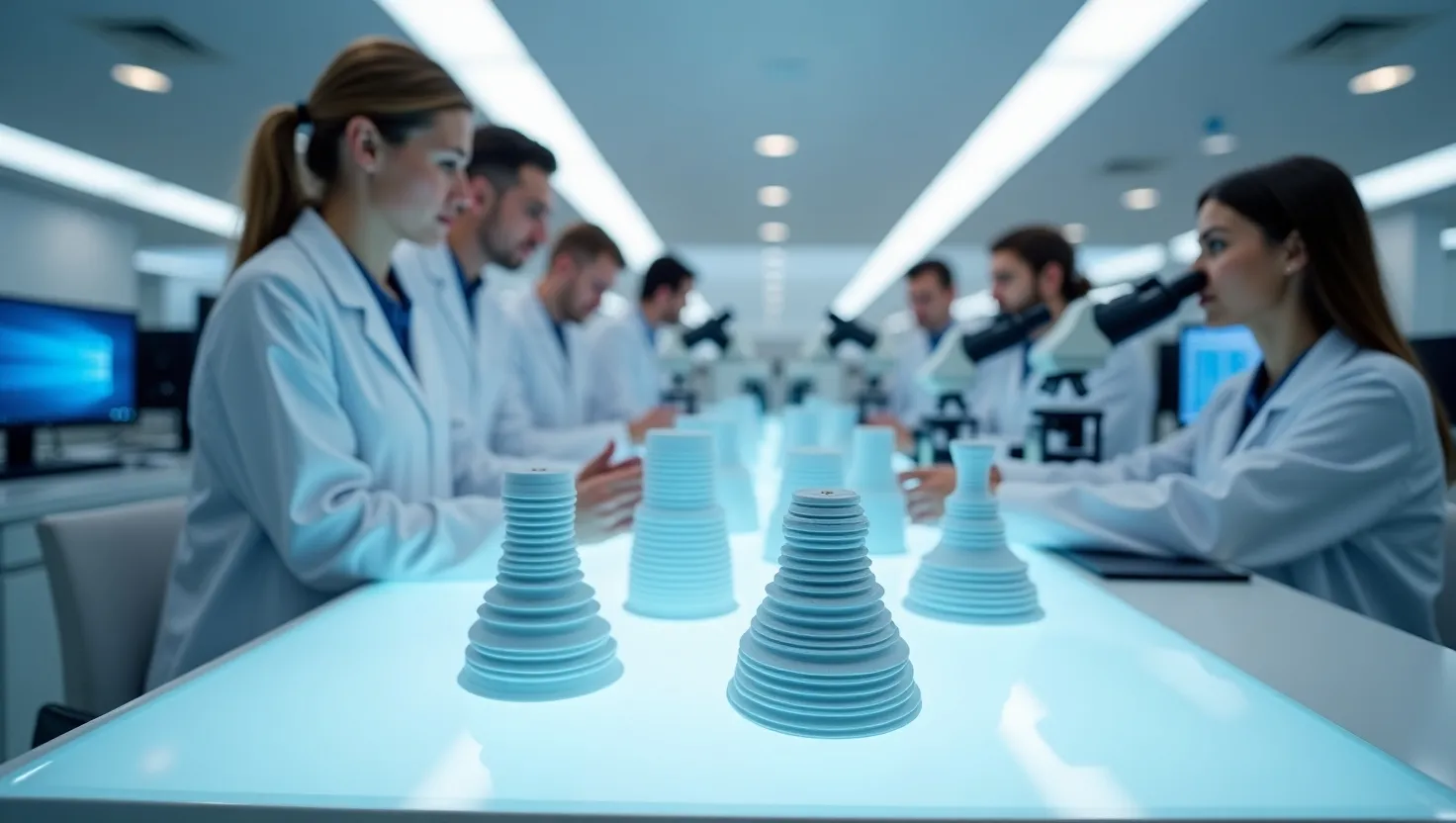
Why It Matters for Russia
Against the backdrop of sanctions and restrictions on importing advanced medical equipment, these projects take on strategic significance. Rosatom is not merely substituting for foreign analogs; it is building an end-to-end production chain—from titanium rods to patient-specific implants with custom geometry. Patented methods for producing medical-grade titanium and plans for full-cycle manufacturing confirm a push toward deep localization. For patients, this translates into more affordable, safer, and personalized treatments, particularly in traumatology, orthopedics, and maxillofacial surgery. At the same time, for Russia it represents a step toward true technological sovereignty.
A Global Challenge and External Ambitions
The global market for regenerative medicine and bioprinting is expanding rapidly, but competition is intense. The U.S., the EU, and China are all investing heavily. For Russian developers to advance, they must overcome both scientific and regulatory hurdles: achieve breakthroughs, secure international certifications (such as CE and FDA), undergo rigorous clinical testing, and integrate into global research networks. If successful, Russia could move from exporting raw materials to delivering high-tech products: implants, biomaterials, 3D-modeling software, and even specialized equipment.
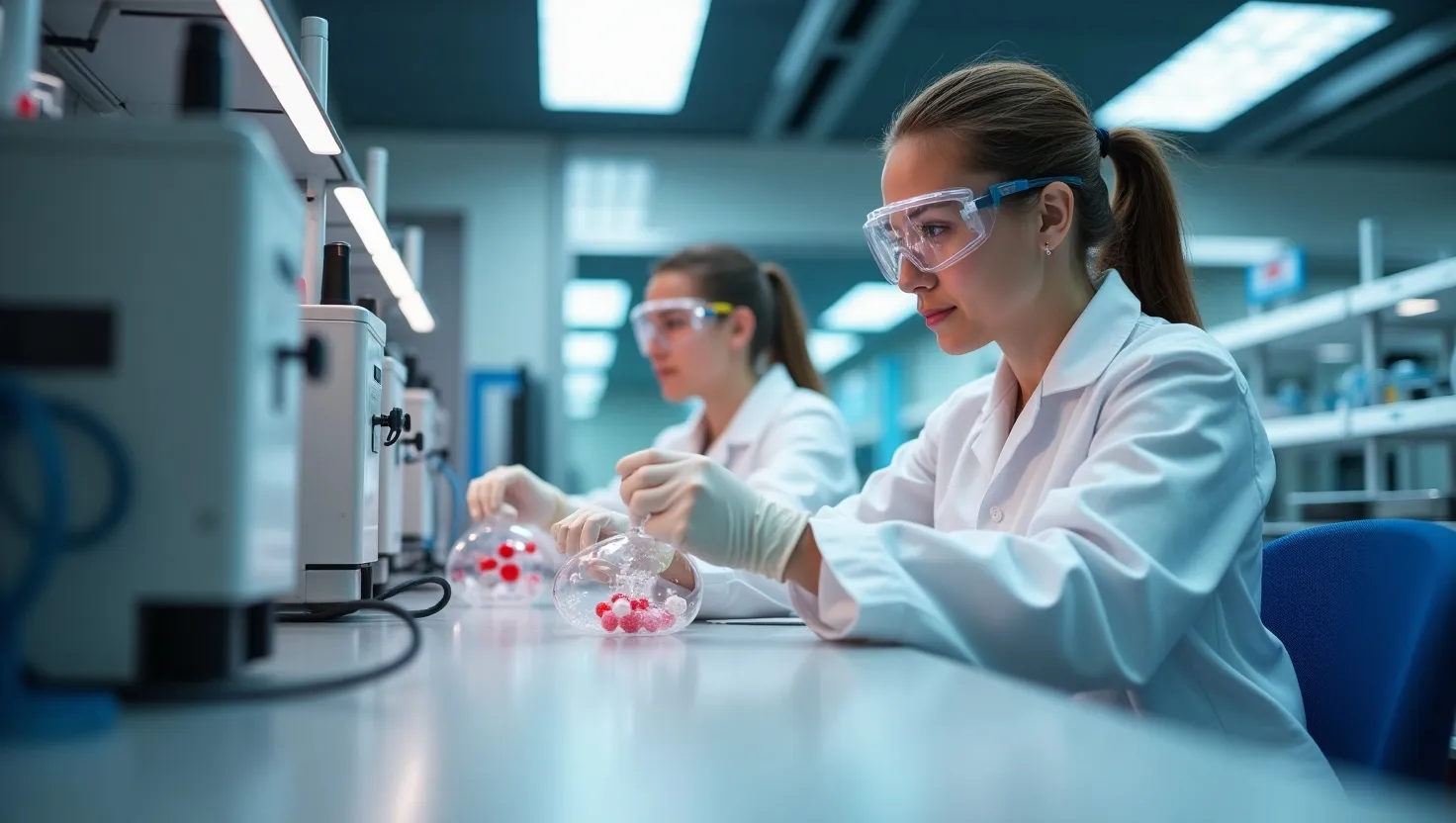
Barriers to Innovation
The path from laboratory discovery to a market-ready medical product is long and complex. Implants must pass multi-stage safety and biocompatibility testing. Certification demands significant financial and time investments. Skilled professionals are also in short supply: bioengineers, surgeons, and quality-control experts are all essential. However, with consistent government support—from R&D through clinical implementation—Russia’s most advanced medical innovations have a strong chance of reaching patients instead of remaining “on paper.”
Context and Outlook
Rosatom is not alone in this field. For years, Russian research centers have pursued bioprinting: for example, Sechenov University has been developing bio-analogs of skin and cartilage. Yet the involvement of a powerhouse like Rosatom—with its infrastructure, scientific capacity, and industrial base—could act as a catalyst for the entire sector.
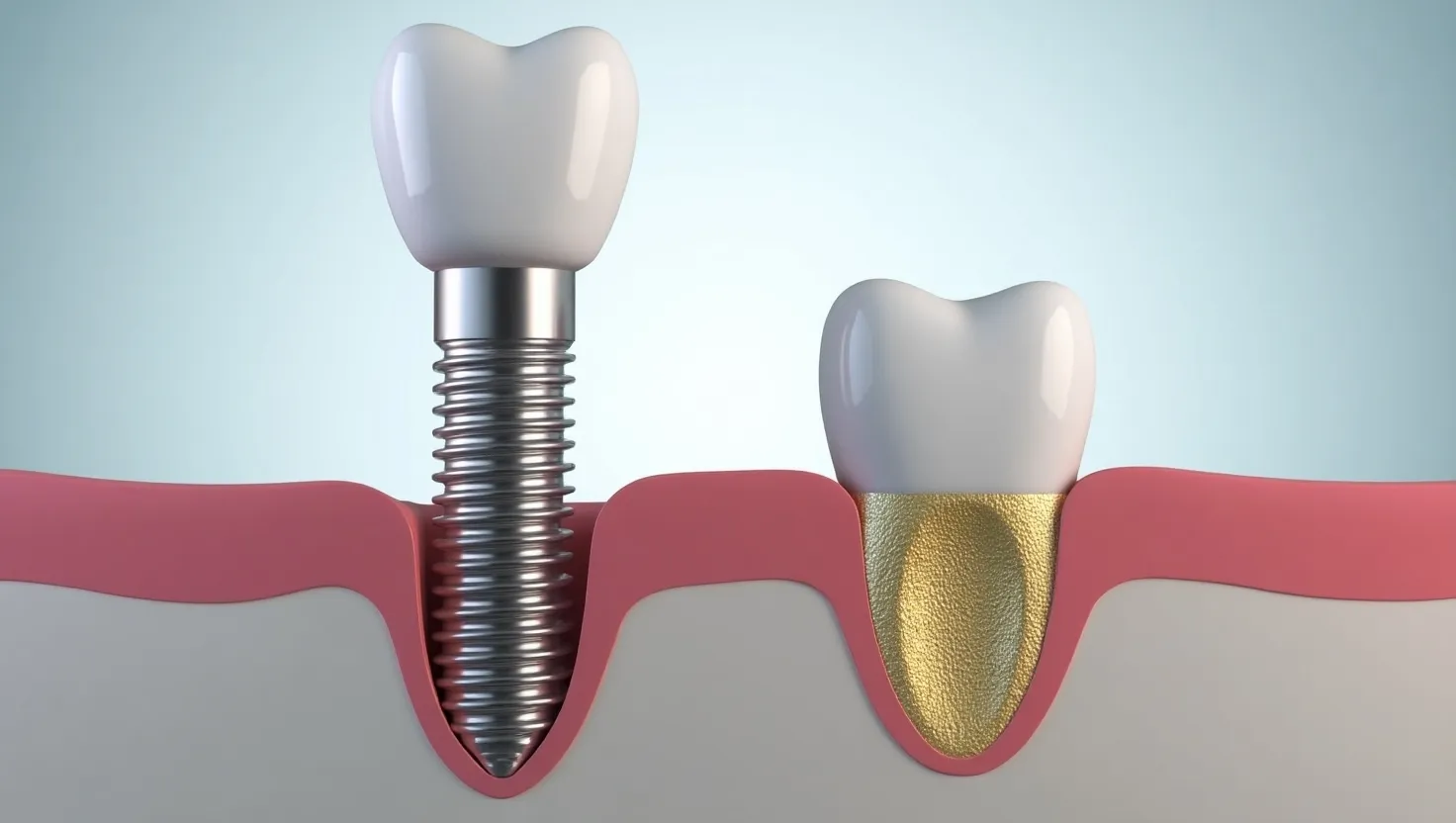
This initiative represents not just another step forward in Russian medicine, but a major contribution to global healthcare technologies. The vision is medicine that is not only more effective but also highly personalized, where lab-grown tissues become a routine part of surgical practice. For Russia, it is also a bid to embed itself into the global innovation ecosystem, not merely address domestic needs.


